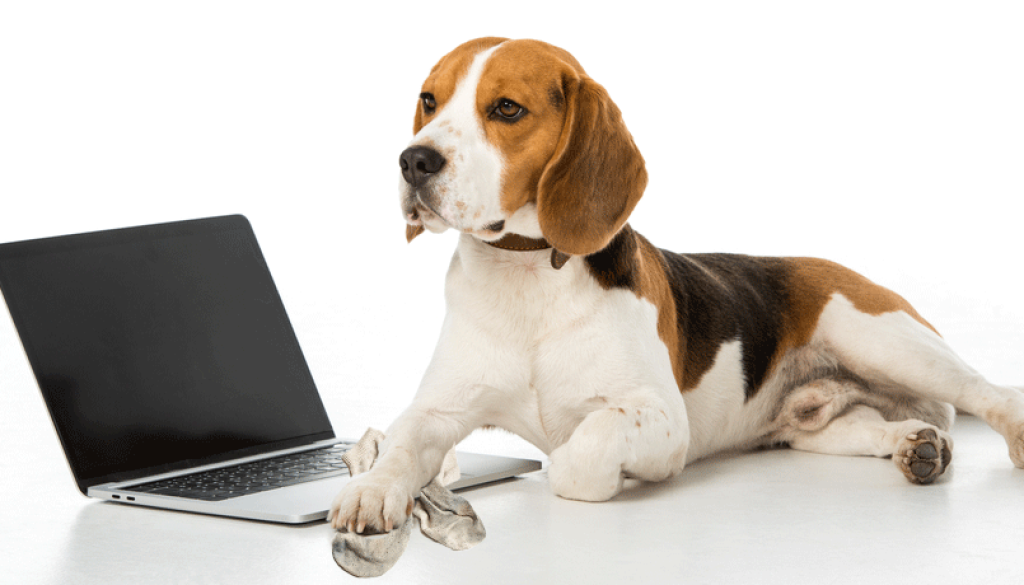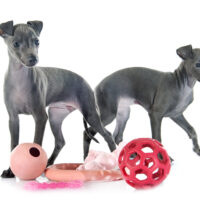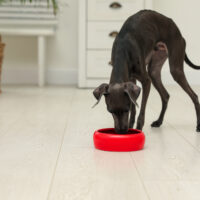What to Do If Your Dog Eats a Sock?

Dogs are always up to mischief, and their curious nature often gets them in trouble. One of the common problems that dog owners face is their furry buddy gobbling up anything and everything they can find in the house or workplace, including socks! While it may sound harmless, a sock can actually pose a significant threat to your dog’s health. So, what happens if your dog eats a sock, and what should you do about it? In this blog, we’ll explore everything you need to know about this all-too-common problem.
How does it happen?
Dogs are notorious for their love of chewing and swallowing random things. Socks, unfortunately, are an attractive target, especially if they have a pungent odor. So if you are at work and sitting at your desk with socks off, think about where to put them, otherwise you may end up with holes in your sock and dealing with the embarrassment of getting your sock back.
Dogs often swallow socks, making them difficult to spot until it’s too late. If the sock is small enough, it can pass through the digestive tract without issue. However, larger socks can cause significant problems.
Why are socks dangerous for dogs?
The biggest risk of a dog eating a sock is an intestinal blockage. The sock can get stuck in your dog’s intestines, preventing food from passing through. This can cause a life-threatening situation that requires immediate veterinary attention. Other risks include the sock being a choking hazard or causing damage to your dog’s digestive tract.
What should you do if your dog eats a sock?
If you suspect that your dog has eaten a sock, it’s essential to act fast. Early intervention can prevent further health complications. Check your pet’s vomit or stool to see if there are any remnants of the sock. Contact your veterinarian immediately to discuss your options. They may recommend inducing vomiting or surgical intervention if the blockage is severe.
Prevention is always better than cure.
It’s always better to prevent your dog from eating socks than dealing with the after-effects of this behavior. There are many ways you can prevent your dog from getting their paws on socks. Remove socks from the floor and other accessible areas and keep them stored away.
Provide your dog with plenty of toys to play with
Dog toys are like loyal companions for dogs, they providing comfort and reduce anxiety when you’re not around. They can help ease separation anxiety, acting as a comforting presence. Imagine them as cuddly therapists, always there to offer a reassuring squeeze or a distracting play session. Also, dog toys are safer than smelly socks!
Keep an eye out for warning signs
Keep an eye out for warning signs that may indicate that your pup has swallowed a sock. Symptoms of an intestinal blockage include vomiting, diarrhea, lack of appetite, lethargy, and abdominal pain. If you notice any of these symptoms, contact your veterinarian immediately.
If your dog eats a sock, it’s essential to act fast and seek veterinary care. The best thing you can do to prevent this from happening is to remove socks from your dog’s reach and keep a close eye on your pup. If you suspect your dog has eaten a sock, watch out for warning signs and seek veterinary attention as soon as possible. Remember, early intervention is key to minimizing the risks to your furry friend’s health.


